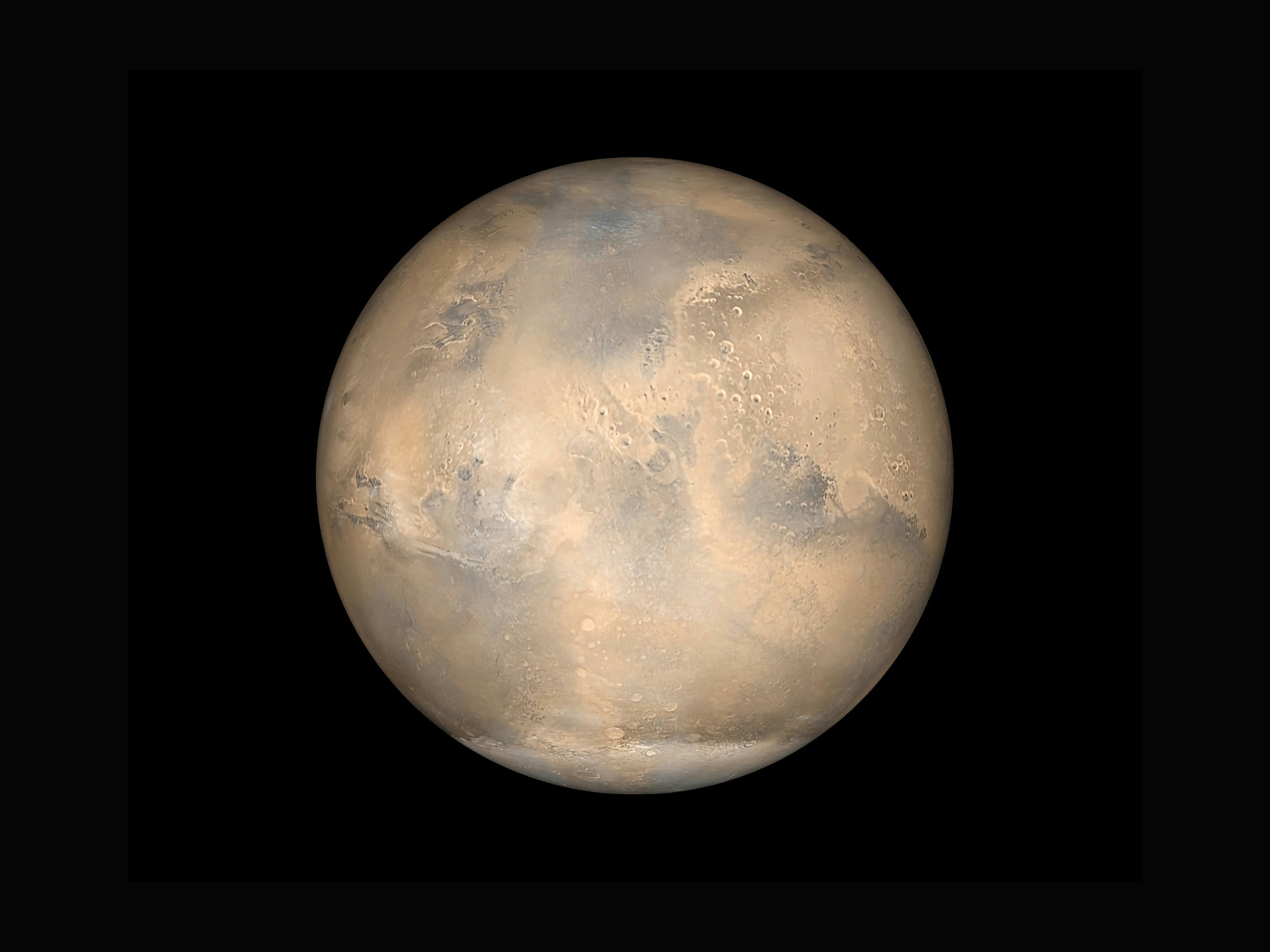Media release
From:
A Martian tale of ice and fire
Explosive volcanic eruptions on early Mars may have transported water ice to equatorial regions, according to a modelling study in Nature Communications. The authors suggest that these eruptions could have led to conditions that allow these ice deposits to still exist under the surface today, which would expand our knowledge of Mars’ terrain for future exploration.
Mars is known to have an ice-rich surface, but the majority of ice deposits are expected to be found towards the polar regions of the planet. However, recent measurements in equatorial regions have detected elevated levels of near-surface hydrogen, which could indicate the presence of bulk ice below the surface. This raises the question of how this ice originated in this unexpected area, with one potential explanation being explosive volcanic eruptions.
Using a planetary climate model, Saira Hamid and colleagues test this hypothesis by simulating explosive volcanic eruptions that are known to have occurred on Mars between 4.1 and 3 billion years ago. The modelling suggests that water vapor released during the eruptions could have frozen in the cold Martian atmosphere, triggering ice precipitation and leading to an accumulation of up to five-metre-thick ice deposits on the Martian surface during a single three-day eruptive event. This ice could have persisted for long periods if buried under dust or volcanic debris, meaning that it could still be present below the surface of equatorial regions. In addition, the researchers suggest that the release of sulfuric acid into the Martian atmosphere during volcanically active periods may have plunged the planet into a global winter, in turn allowing for the accumulation of ice for a sustained period.
The conditions predicted by these models in the event of multiple volcanic eruptions over time could help explain the detections of elevated near-surface hydrogen in the equatorial regions of Mars, with implications for human exploration of the red planet.



 International
International



